Search Images
Browse Content (p. 1458)
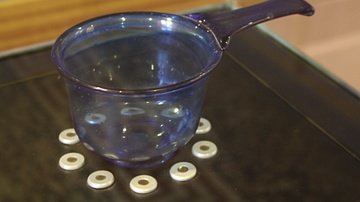
Image
Roman Glass Serving Dish
A Roman serving dish, probably for sauces, in blue glass. 1st-2nd century CE. (Archaeological Museum of Como, Italy)
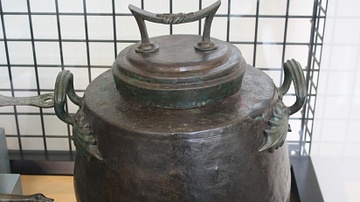
Image
Roman Bronze Cooking Pot
A Roman bronze cooking pot, 1st century CE. (Archaeological Museum of Como, Italy)
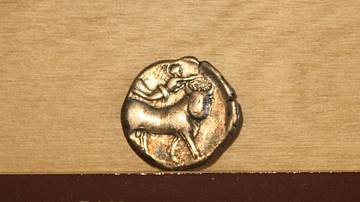
Image
Silver Didrachm Campania
A silver didrachm from the mint of Campania. The design shows a bull with a human head, 325-241 BCE. (Archaeological Museum of Como, Italy)
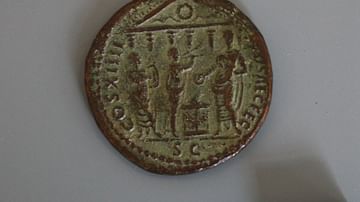
Image
Roman Copper As
A Roman copper as coin depicting Domitian and aulos and lyre players. 88-89 CE. (Archaeological Museum of Como, Italy)
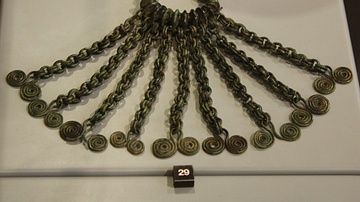
Image
Celtic Bronze Fastener
A Celtic bronze fastener, 7th century BCE. (Archaeological Museum of Como, Italy)
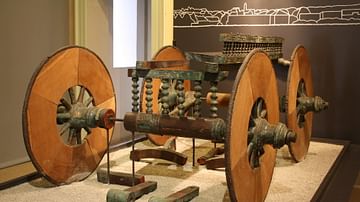
Image
Celtic Wagon
The remains of a Celtic wagon in bronze with wood reconstruction. 5th century BCE. (Archaeological Museum of Como, Italy)
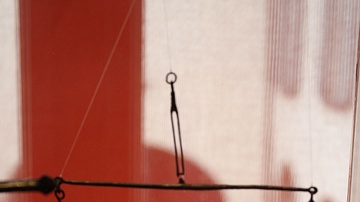
Image
Roman Bronze Scales
Roman bronze balance. Probably used by a goldsmith or chemist. Imperial period. (Archaeological Museum, Como, Italy)
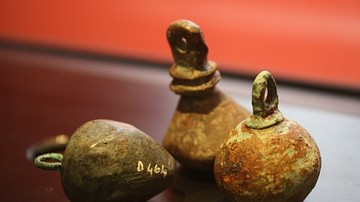
Image
Roman Balance Weights
Roman bronze balance weights. Probably used by a goldsmith or chemist. Imperial period. (Archaeological Museum, Como, Italy)
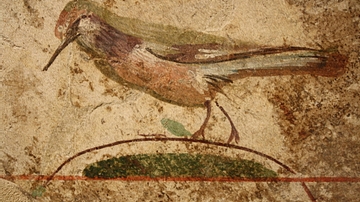
Image
Roman Bird Fresco
A fragment of wall fresco from a Roman villa depicting a bird. 2nd century CE. (Archaeological Museum, Como, Italy)
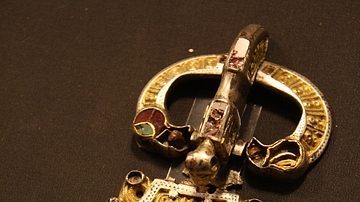
Image
Roman Fibula
A Roman fibula (brooch or fastener) in gilded silver with semi-precious stones. 5th century CE. Provenance unknown. (Archaeological Museum, Pavia, Italy)